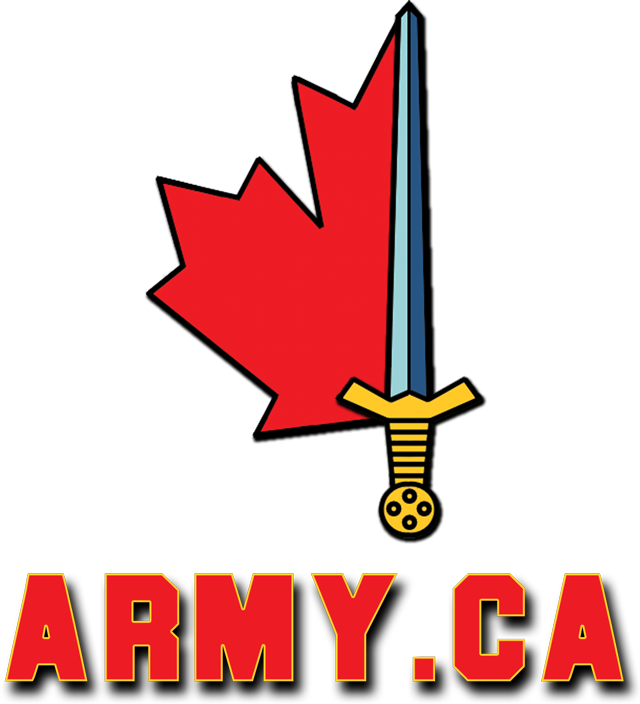Having noted that even a small boat can be a well rounded boat is it more appropriate to have a well-rounded boat/ship/vessel or a well-rounded task force.
The army doesn't have the luxury of equipping all vehicles with everything (LAV and Bradley experiments notwithstanding). It needs a mix of specialist vehicles task-tailored to the situation.
I'm not sure what you're on about now.
I'll gather my thoughts and try again later. Cheers.
I've got nothing against the NSM as a common munition for the RCN, RCAF and CA. I just think the likelihood of there being a situation where we'd be using them as coastal defence missiles protecting Canadian territory is pretty slim.
Even if we needed to defend the Arctic the RCAF would be much better positioned to respond to an incursion. To cover the vast area of the Arctic with LRPF's you'd have to pre-station a large proportion of our launchers across a wide area in case an enemy force comes into range which takes them away from other potential, more traditional uses. If you plan to rather just deploy them by air after a threat is detected, an F-35 could respond much more quickly (and with stealth).
Now using the NSM for precision land attack in support of our ground forces is well within the realm of possibility.
....
Trying to tie my thoughts together rationally.
The AOPS. Widely considered to be under armed with its 25 mm gun.
The MMCV. Discussions as to how big it needs to be in order to carry a useful suite of weapons.
The 270 ton Hamina, to my mind, presents an example of even a small vessel being equipped with an array of weaponry that allows it to answer to threats in all aspects, or multiple domains. And it does it with a very small crew.
That leads me to as why the Hamina's suite of systems, or modern NATO equivalents, could not be transferred to a 1000 ton (light) vessel, broadly comparable in size to the MCDVs, that would conform to the 1000 ton NSS class of vessels.
Further to that, assuming sufficient residual buoyancy and adequate stability could not the AOPS be beefed up to manage a similar suite of systems.
Finally, given the advent of containerized systems giving even small platforms 1500 km reach how does that figure into the design calculus.
Even an MCDV with a 40 ft container on its stern (if it will fit - IDK) could launch both SM6s and Tomahawks, both of which have long range over the horizon anti-ship capabilities. For that matter, if the AOPS were to limit itself to UAV and light helicopter operations perhaps it could carry a pair of Mk70 PDS on the helideck for launching those longer range missiles.
And I appreciate the discussion about the lack of on board targeting capabilities but with Cooperative Engagement I understand that the eyes on the target are as likely to be a satellite or an RPAS as someone on the bridge with a pair of binoculars.
For those types of engagements putting a 4 pack or two of NSMs on board seems reasonable. Moreso than employing them trying to defend our 243,000 km of coastline.
....
Given all that when is it appropriate to arm a vessel to conduct a unitary patrol, and when is it appropriate to equip it as part of a task force? And with modern modular systems, LCS experience aside, can we have our cake and eat it too?


